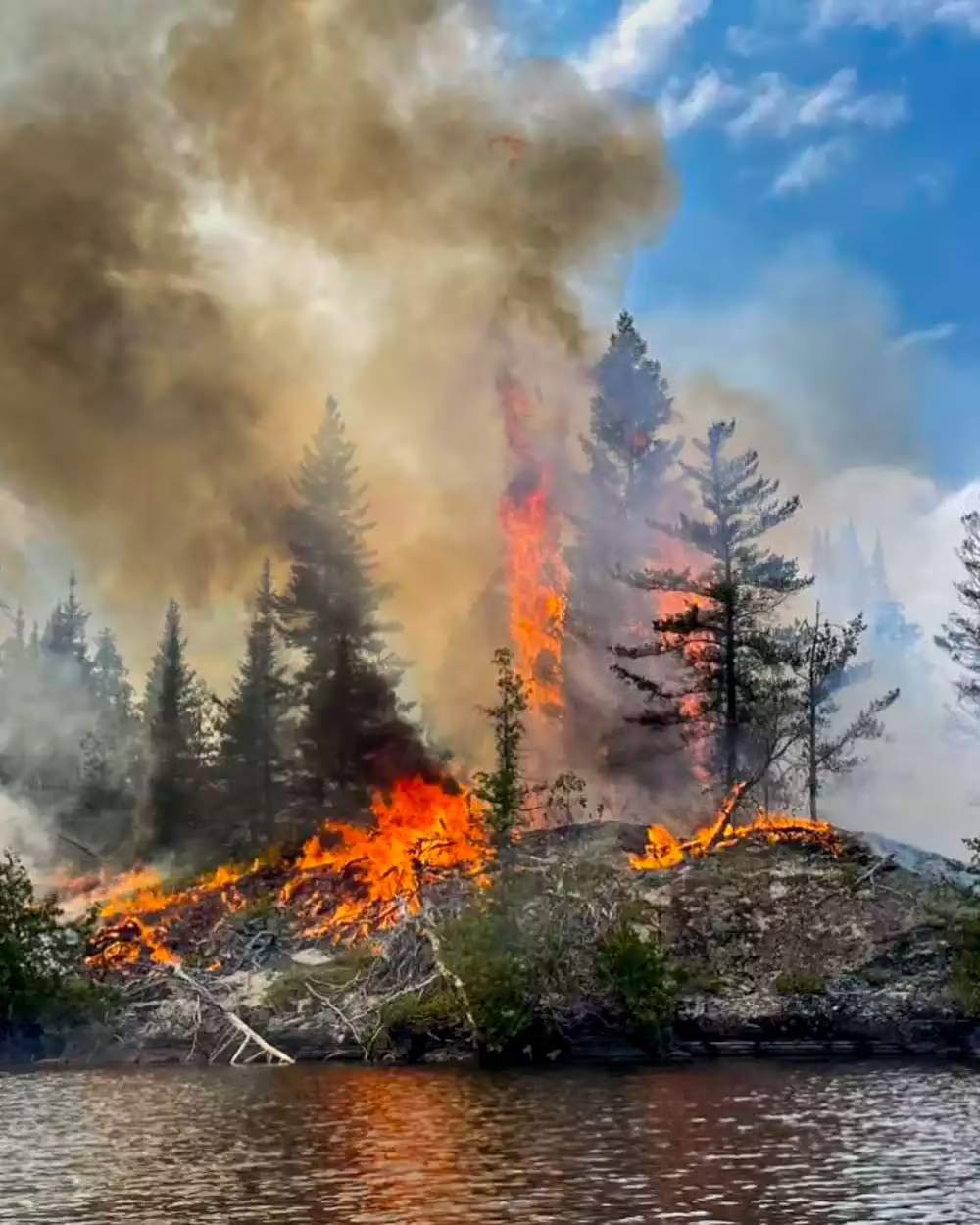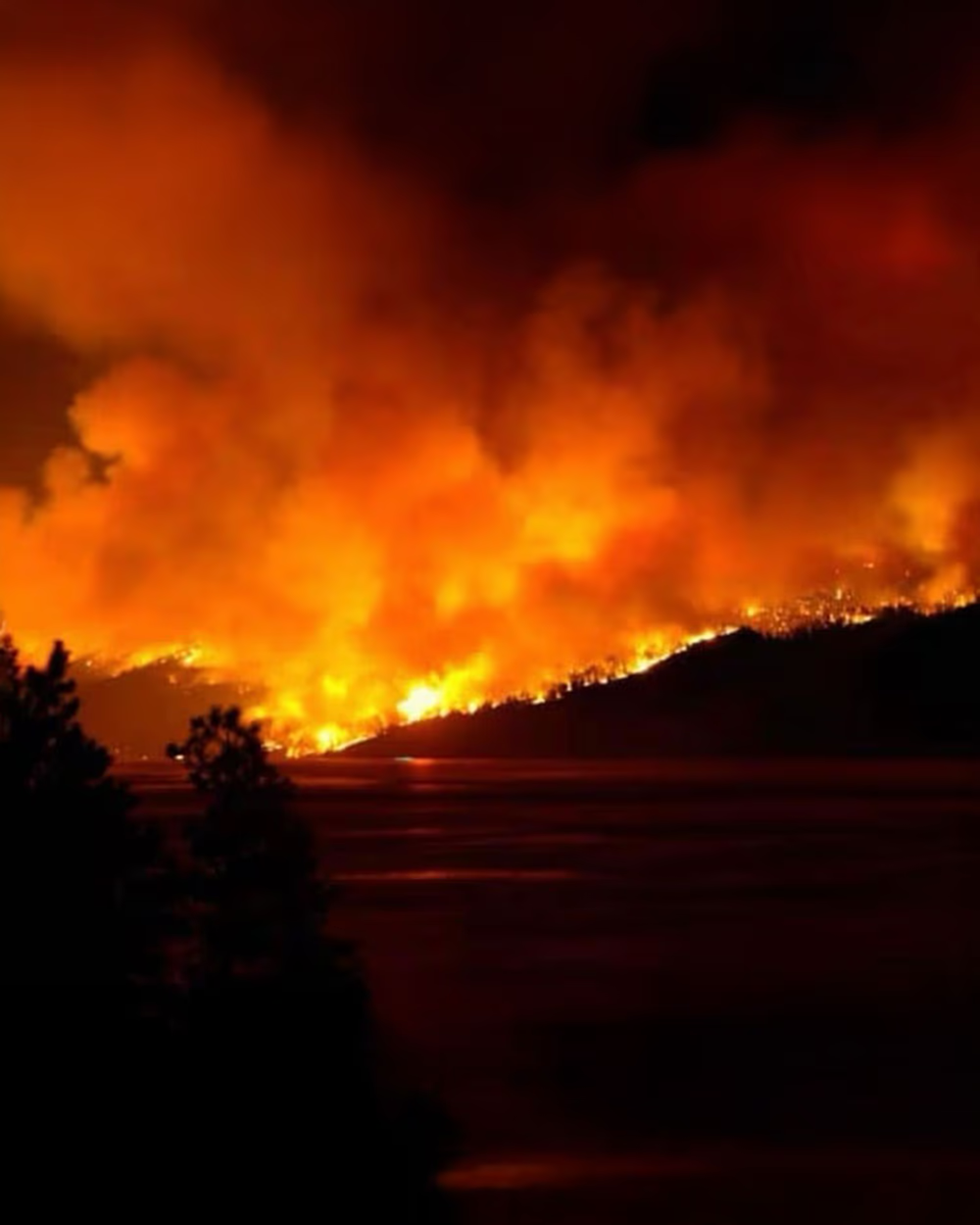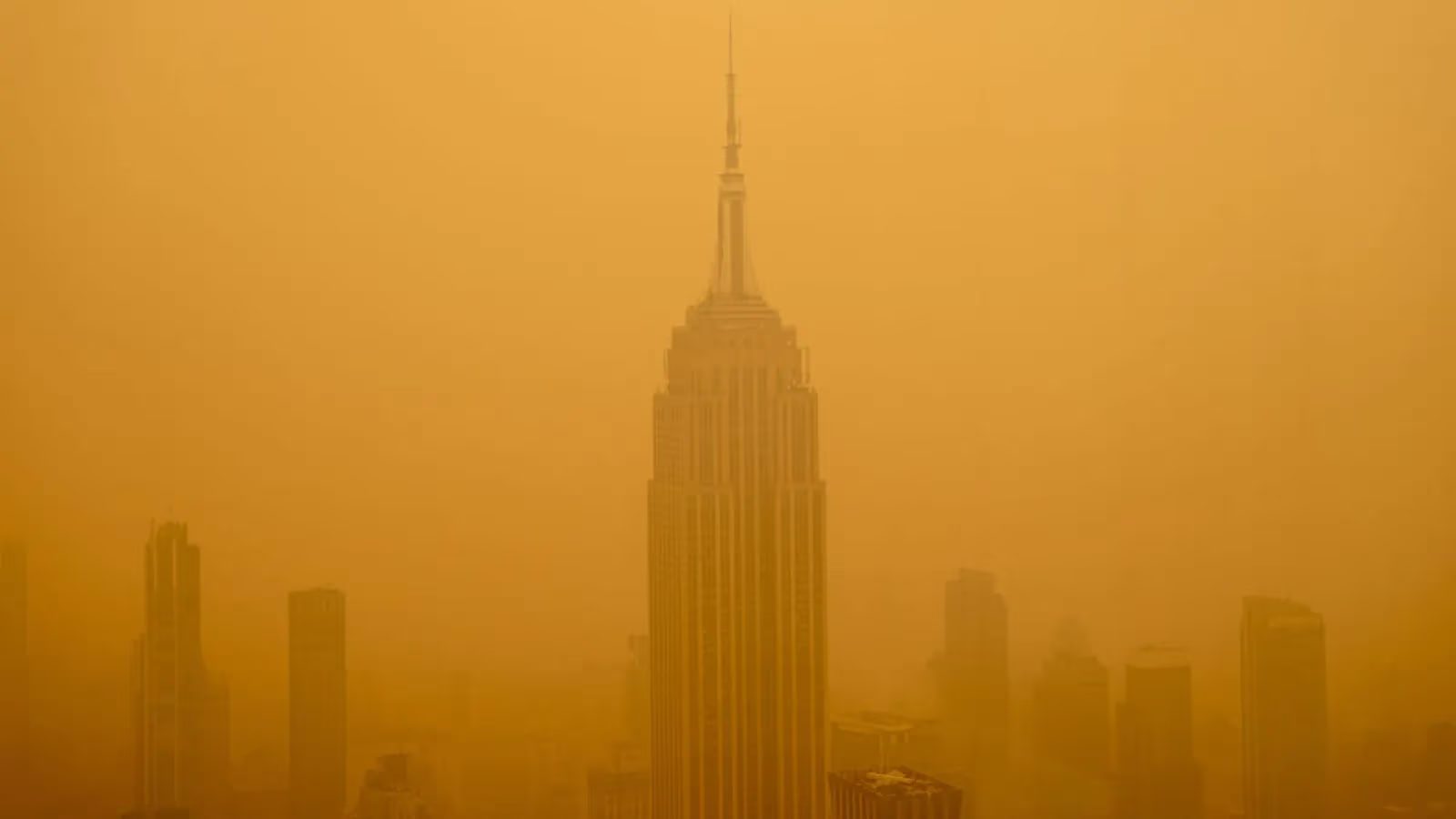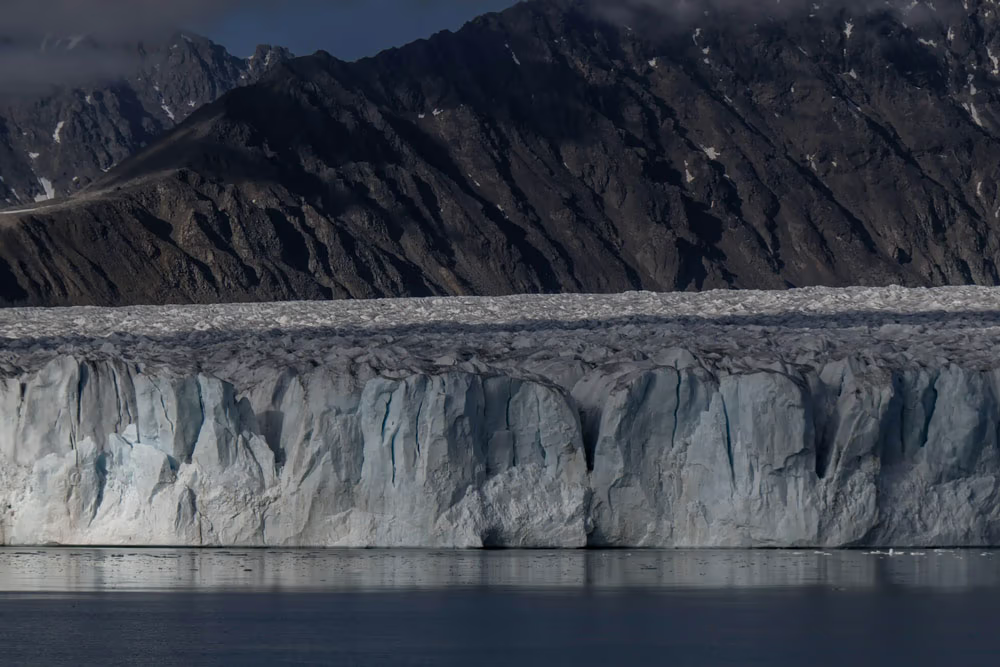Wildfires have long been a fixture of the Canadian landscape, especially in the western provinces of British Columbia, Alberta, and Manitoba. In recent years, however, the scale and intensity of these fires have grown significantly. Climate warming, dry winters, and early springs contribute to the buildup of dry vegetation—perfect fuel for fire. Rainstorms are becoming shorter, heat waves longer. More and more often, firefighters are not battling isolated blazes but full-scale fire fronts that move faster than people can evacuate.
Canada is among the countries most acutely affected by the "new normal" of climate disasters. Fires that once posed a seasonal threat in sparsely populated areas are now increasingly endangering suburbs, cities, and critical infrastructure. Beyond immediate destruction, they inflict long-term harm on public health—children and the elderly are especially vulnerable to smoke exposure. The financial toll, according to government estimates, runs into the billions each year. And increasingly, these disasters are claiming not just forests, but lives—as is the case now.

Wildfire near Spice Fire Lake (on the Canada–U.S. border), in the Boundary Waters Canoe Area Wilderness—an area known for its remote and rugged natural landscape. 2023.

Fire near Okanagan Lake, British Columbia, Canada. August 2021.

Smoke from Canadian wildfires blankets New York City. June 7, 2023.
In May, two people were killed in a wildfire in western Canada that forced the evacuation of an entire town but prevented emergency crews from reaching the victims in time, according to Canadian police.
The victims—a man and a woman—were the first fatalities of the current wildfire season in the country. The tragedy occurred in the province of Manitoba. By comparison, two years ago, during the most destructive fire season on record—when unprecedented areas burned and eight firefighters died—not a single civilian was killed.
"This loss turns an emergency into a tragedy," Manitoba Premier Wab Kinew said at a press conference on Thursday.
The bodies were found in the town of Lac du Bonnet, located northeast of the provincial capital, Winnipeg. At the time of the tragedy, a mandatory evacuation order was in effect. The victims’ names and the exact location where they were found have not been disclosed.
"People here, I think, are still in shock at the speed and force of what happened," said Lac du Bonnet Mayor Ken Lodge.
According to authorities, around 1,000 people were evacuated from the town and surrounding areas. The wildfire covered an estimated 10,000 acres. The cause of the fire is still under investigation.
The situation was worsened by extreme heat: on Tuesday, temperatures in Winnipeg reached 37°C (98.6°F), breaking a 125-year-old record.
Wildfires have been reported in several Canadian provinces, although most outbreaks are currently under control, according to official sources.
Federal authorities predict a rise in lightning-induced fires in late spring across southern British Columbia and the Canadian Prairies. Warm and windy weather is creating favorable conditions for ignition.
Canada’s peak wildfire season typically runs from May through September. Last year was notably calmer compared to 2023, when more than 6,000 wildfires were recorded across the country. About 37 million acres burned—an area roughly the size of England. Tens of thousands of people were forced to flee their homes.
Quebec was hit especially hard: smoke from the province’s fires drifted into the United States, turning skies an apocalyptic orange and filling the air with a sharp chemical odor. In some cities, air quality deteriorated so severely that hospitals saw a surge in patients with respiratory problems.
Researchers estimate that Canada’s wildfires were among the largest single sources of global carbon emissions in 2023.
According to the Canadian Interagency Forest Fire Centre, about 100 wildfires are currently burning across the country—roughly the same number as this time last year.
In Manitoba, firefighters are battling five uncontrolled blazes. Some relief came in the form of rainfall, which coincided with the long holiday weekend: most provinces were celebrating Victoria Day—a tradition often marked by fireworks.
"In a normal year, rain on this day wouldn’t be much cause for celebration," Manitoba Premier Wab Kinew admitted. "But this year is different. We are praying for rain."
The Heat Ahead

Melting Glaciers Threaten Large-Scale Consequences for the Planet
Why Can’t the World Afford to Lose Its Ice?

Less Ice, More Flowers
Antarctica is Warming Rapidly

'Climate Realism'
A World Three Degrees Warmer—and Colder in Blood

